Oil seals, also known as shaft seals or rotary seals, are critical components in many mechanical systems. They play a vital role in preventing the leakage of lubricants and blocking contaminants from entering the machinery. This guide provides an in-depth understanding of oil seals, covering:
Oil seals are mechanical components designed to provide a barrier between moving and stationary parts of machinery, preventing the escape of lubricants and protecting against the ingress of contaminants. They are commonly used in engines, gearboxes, pumps, and various other mechanical systems where sealing is crucial for proper operation.
Primary Functions:
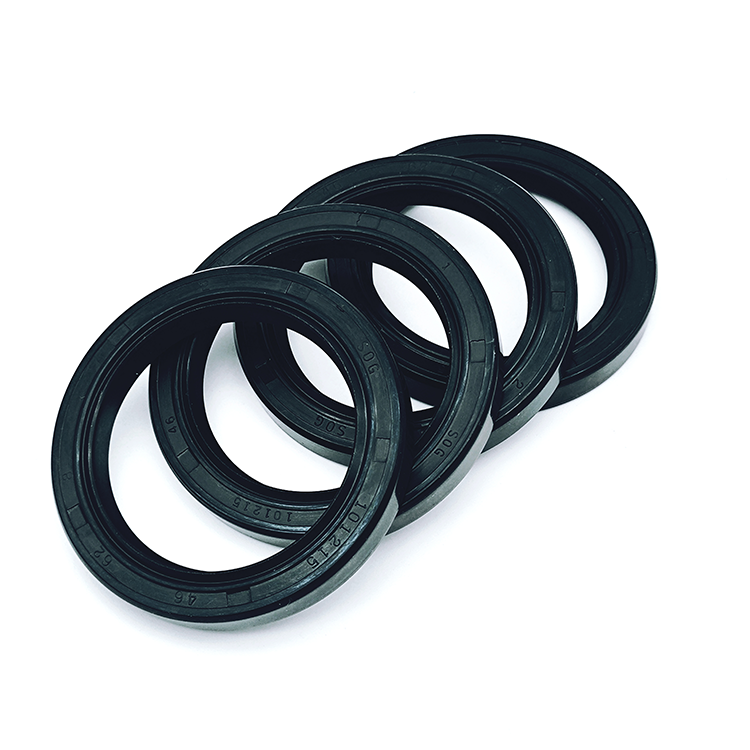
Oil seals are constructed from a combination of materials and design elements that work together to provide effective sealing. The main components of an oil seal include:
The seal lip is the critical sealing element of the oil seal. It makes direct contact with the rotating shaft and creates a barrier to contain the lubricant and prevent leakage. The lip is designed to conform to the shaft surface and can have different profiles, such as:
Oil seals often feature a spring, usually a garter spring or a helical spring, which provides additional pressure on the seal lip. This helps maintain a consistent contact force and enhances the sealing effectiveness. The spring ensures that the seal lip remains in constant contact with the shaft, even under varying operating conditions.
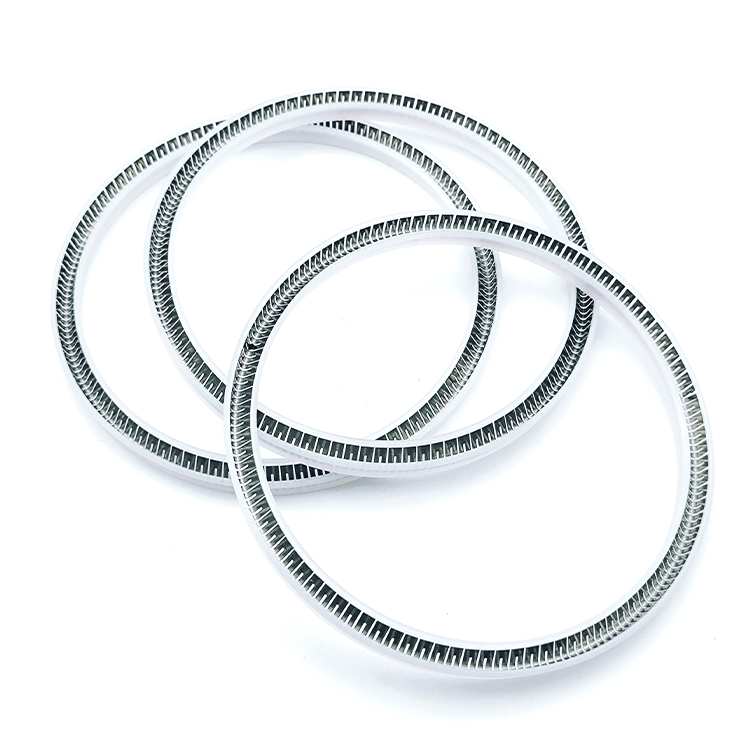
The backing ring, also known as the support ring, provides structural support to the seal lip. It maintains the shape of the seal and ensures that the lip performs effectively throughout its service life. The backing ring is typically made from metal or rigid plastic.
The casing of the oil seal holds the various components together and provides a rigid structure. It is usually made from metal or high-strength plastic and is designed to fit precisely into the housing of the machinery.
Materials Used:
Oil seals come in various types and designs, each suited to specific applications and operating conditions. The most common types include:
Radial shaft seals are designed to seal the interface between a rotating shaft and a stationary housing. They are the most common type of oil seal and are used in various applications, including automotive and industrial machinery. They are characterized by their ability to handle radial loads and maintain a consistent seal around the shaft.
Axial seals are used to seal applications where the shaft moves along the axis, such as in certain pump applications. They are designed to handle axial loads and provide effective sealing in axial movement scenarios.
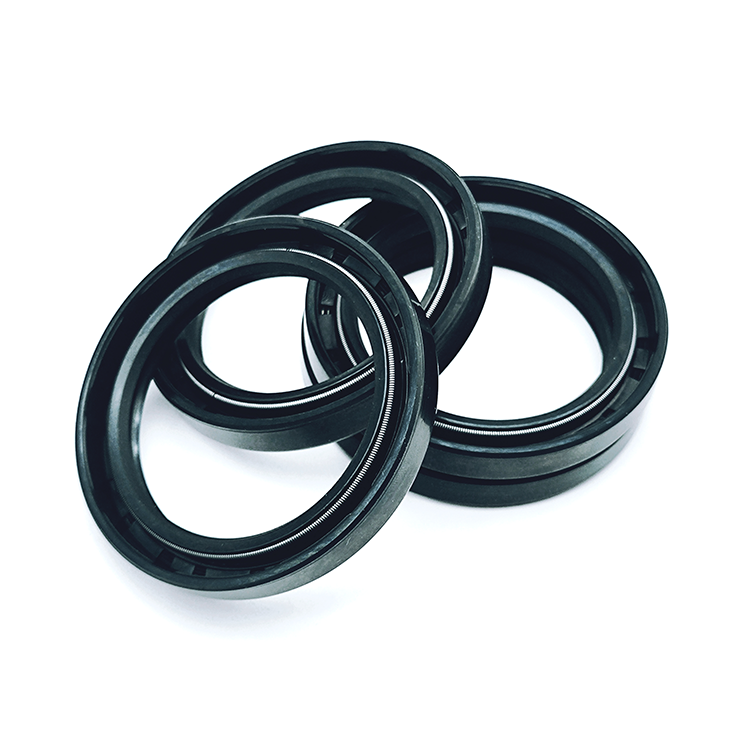
Mechanical seals are used in applications where a high level of sealing performance is required, such as in high-pressure pumps and compressors. They consist of a pair of seal faces that slide against each other and are typically used in combination with oil seals to provide additional sealing capabilities.
Labyrinth seals use a series of interlocking grooves and ridges to create a tortuous path that blocks the passage of contaminants. They are often used in applications where a high level of contamination protection is needed, such as in heavy machinery.
V-seals are designed to seal against axial loads and are often used in conjunction with radial seals to provide additional protection. They are commonly used in applications where space is limited and additional sealing is required.
Oil seals are used in a wide range of applications across various industries, including:

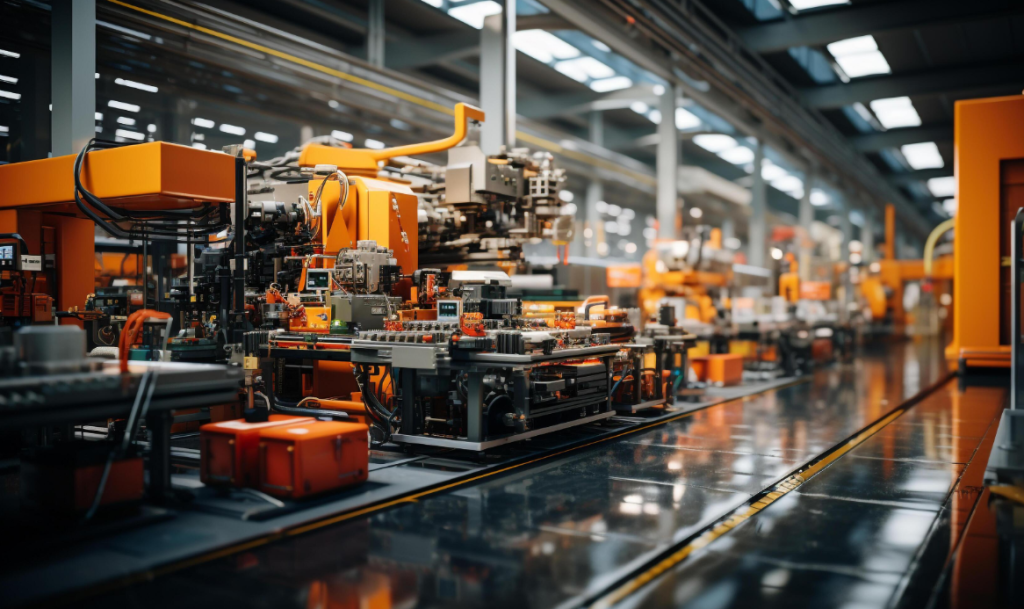

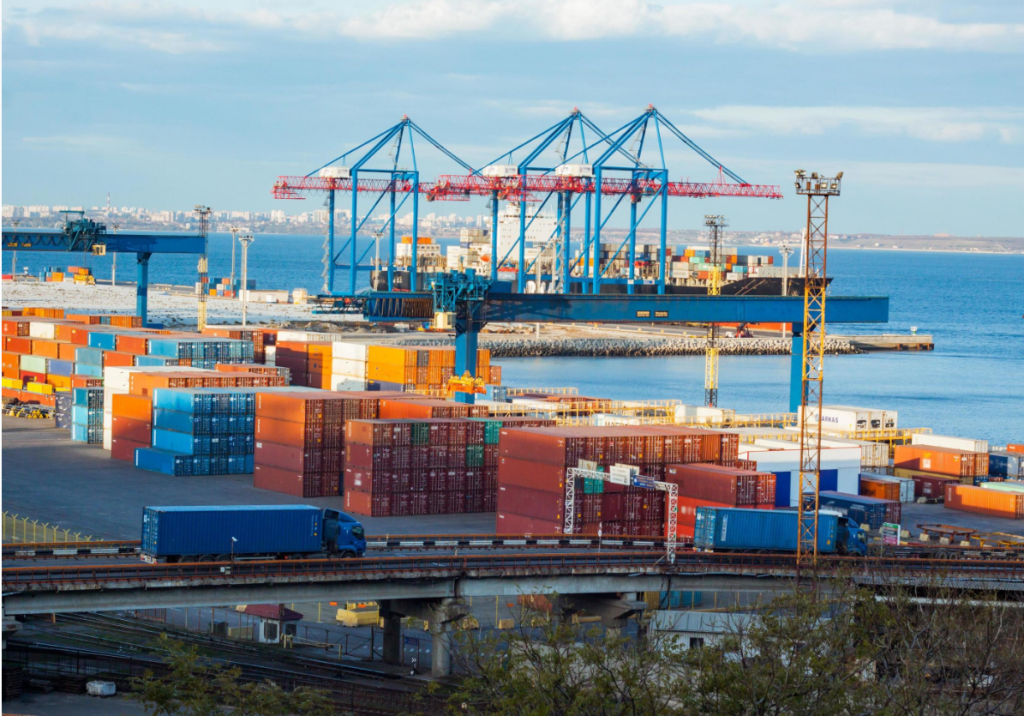

Oil seals are crucial components that ensure the effective operation of various mechanical systems by preventing fluid leakage and protecting against contaminants. Understanding their construction, types, applications, and maintenance requirements is essential for ensuring their optimal performance and longevity. Proper installation, regular inspections, and adherence to manufacturer guidelines will help maintain the effectiveness of oil seals and ensure the reliable operation of machinery across diverse applications.For more information or purchasing these products,please contact us.